The science of browning
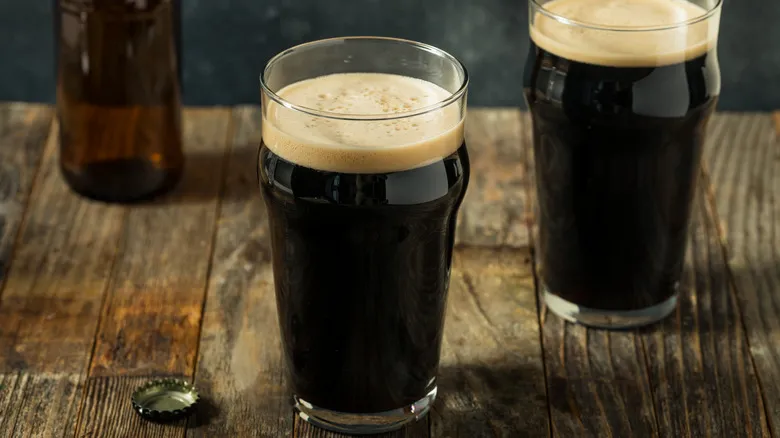
Let’s delve deeper: Proteins, which are composed of amino acids, and sugars are prevalent in the foods we consume. When subjected to temperatures of 285 degrees Fahrenheit or higher, along with low moisture levels, sugars and amino acids interact and rearrange into new, intricate compounds. This process not only alters the color of the food but also creates a variety of flavors, ranging from nutty to cooked, or even charred.
Numerous small chemical reactions take place during the Maillard reaction, commonly referred to as browning, a term you may be more familiar with. This process can change the reddish hue of raw beef into the darker shade we associate with safe-to-eat food—suggesting that we may have evolved to perceive browned food as more appealing than its raw counterpart. The Maillard reaction also plays a significant role in distinguishing between dark and light beers. In the production of darker beers like stouts, brewers roast the malt (the grain used in brewing) at higher temperatures, resulting in a darker wort (the sugary liquid extracted for boiling and fermentation). A heavily roasted wort imparts a rich brown color and a much more robust flavor compared to lighter ales.
How to use the Maillard reaction
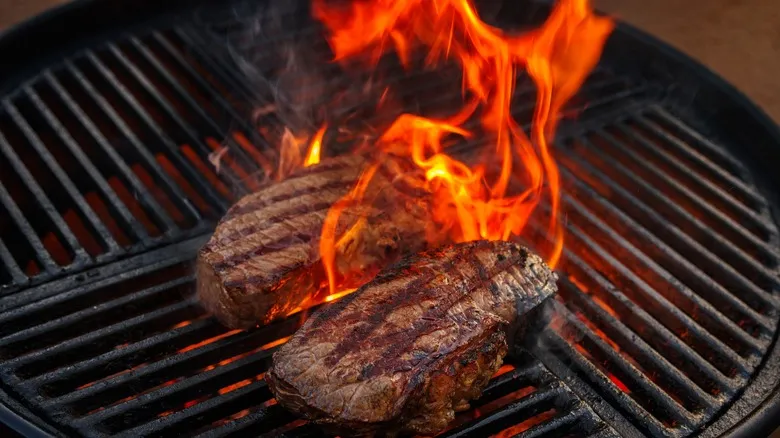
Humankind has been harnessing the Maillard reaction for as long as we've been preparing food—approximately 780,000 years, based on current estimates. However, it wasn't until around 1910 that the French scientist Louis-Camille Maillard formally recognized it. Now that you're aware of this process, you can adjust your cooking techniques to enhance it. For instance, incorporating additional sugars or proteins into your dishes before cooking can boost the Maillard reactions, resulting in more flavorful food. This could involve adding protein-rich soy sauce, which is also dark brown due to the Maillard reaction (one of its ingredients is roasted wheat berries).
Another approach is to include ingredients with high pH levels, such as baking soda, which is highly basic (the opposite of acidic). This can accelerate Maillard reactions and help tenderize your meat. Additionally, it helps keep your meat dry, as moisture can hinder these chemical reactions. Lastly, a straightforward method is to brown your meat by cooking it longer at higher temperatures, provided you prepare your cut of steak correctly.
Recommended
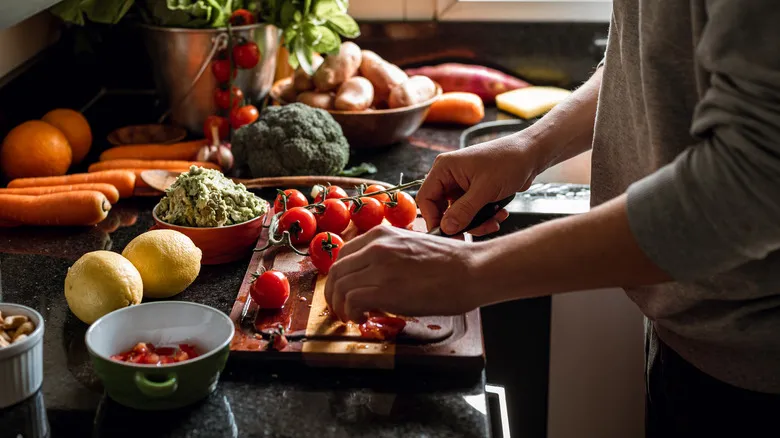
Upgrade Lackluster Tomatoes With One Special Ingredient
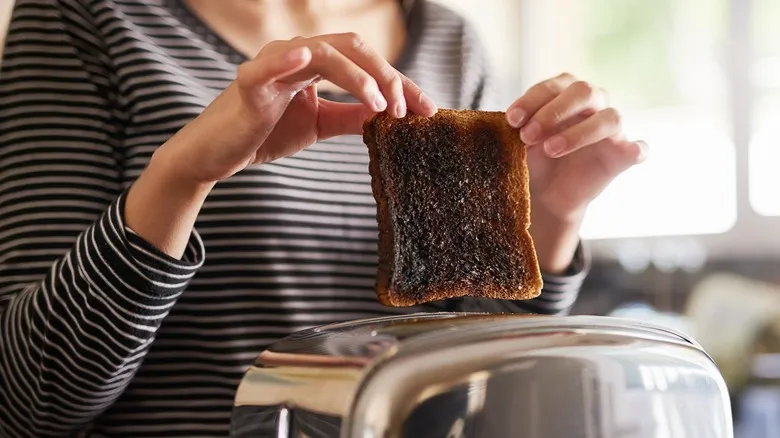
Is It Actually Dangerous To Eat Burnt Bread?
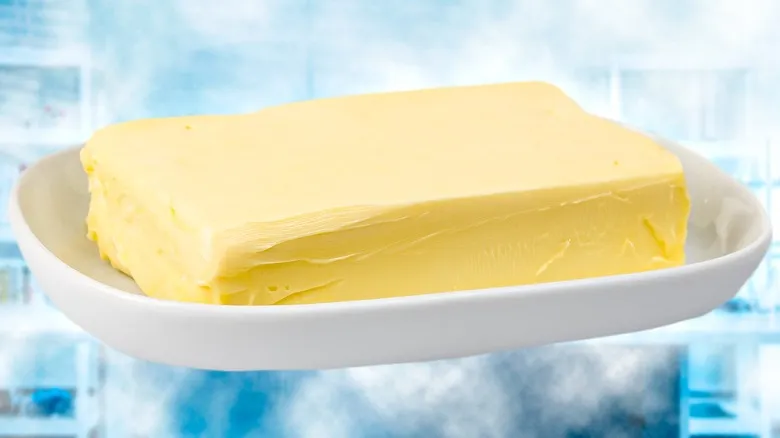
This Non-Dairy Butter Is Made From CO2 And Can Help Save The Planet

Does Brining Meat Make An Actual Difference?
Next up

